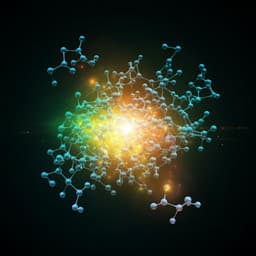
Engineering and Technology
Solar cells combined with geothermal or wind power systems reduces climate and environmental impact
M. Shamoushaki and S. C. L. Koh
Explore the environmental sustainability of innovative integrated power cycles—combined geothermal-wind, solar-geothermal, and solar-wind—using advanced perovskite solar cells! This research by Moein Shamoushaki and S. C. Lenny Koh reveals exciting insights into reducing CO2 emissions and maximizing sustainability through strategic energy combinations.
Playback language: English
Related Publications
Explore these studies to deepen your understanding of the subject.







